The ocean is a beautiful, mysterious world full of incredible creatures—but not all of them are as harmless as they seem. Beneath the waves lurk animals that can switch from serene to sinister in the blink of an eye. From venomous predators to stealthy attackers, these ocean dwellers remind us why we should tread carefully in their territory. Here are 15 ocean creatures that can turn deadly in an instant.
1. Box Jellyfish Deliver a Venomous Sting
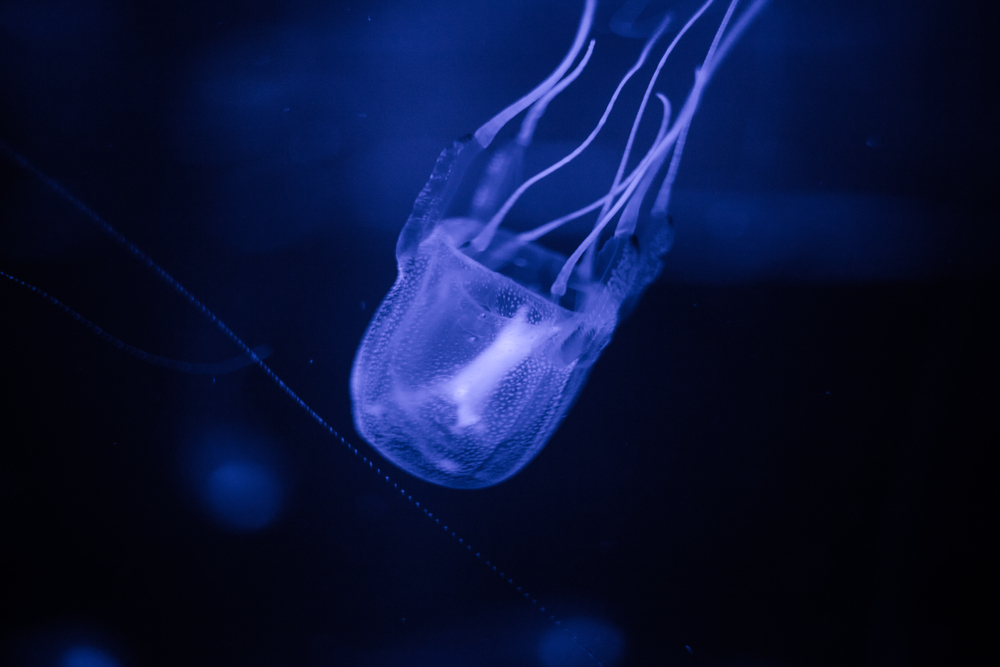
The box jellyfish is as graceful as it is dangerous, with long, delicate tentacles that pack a venomous punch. Found in tropical waters, its sting can cause excruciating pain, heart failure, and even death within minutes. According to National Geographic, box jellyfish’s venom is among the most deadly in the world, containing toxins that attack the heart, nervous system, and skin cells. Its translucent body makes it nearly invisible, adding to the danger for unsuspecting swimmers. If you’re in box jellyfish territory, protective suits are a must.
2. Great White Sharks Are Apex Predators
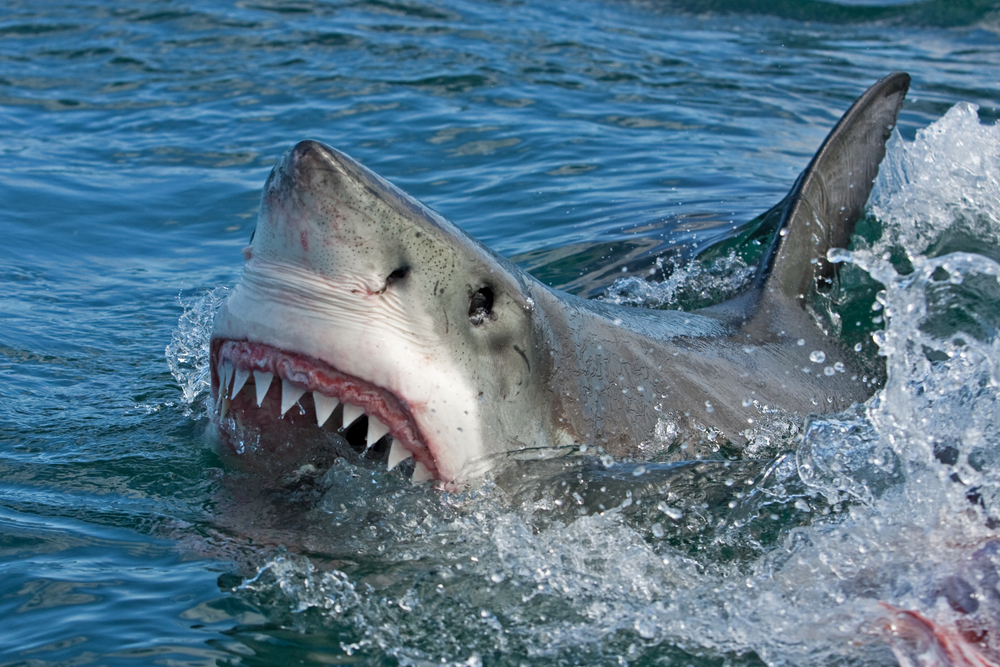
Great white sharks are iconic ocean hunters known for their speed, power, and razor-sharp teeth. While attacks on humans are rare, their size and strength make even accidental encounters potentially fatal. They can detect the faintest traces of blood from miles away, honing in with terrifying precision. Respecting their space is key to avoiding a dangerous confrontation.
3. Blue-Ringed Octopuses Hide Deadly Venom
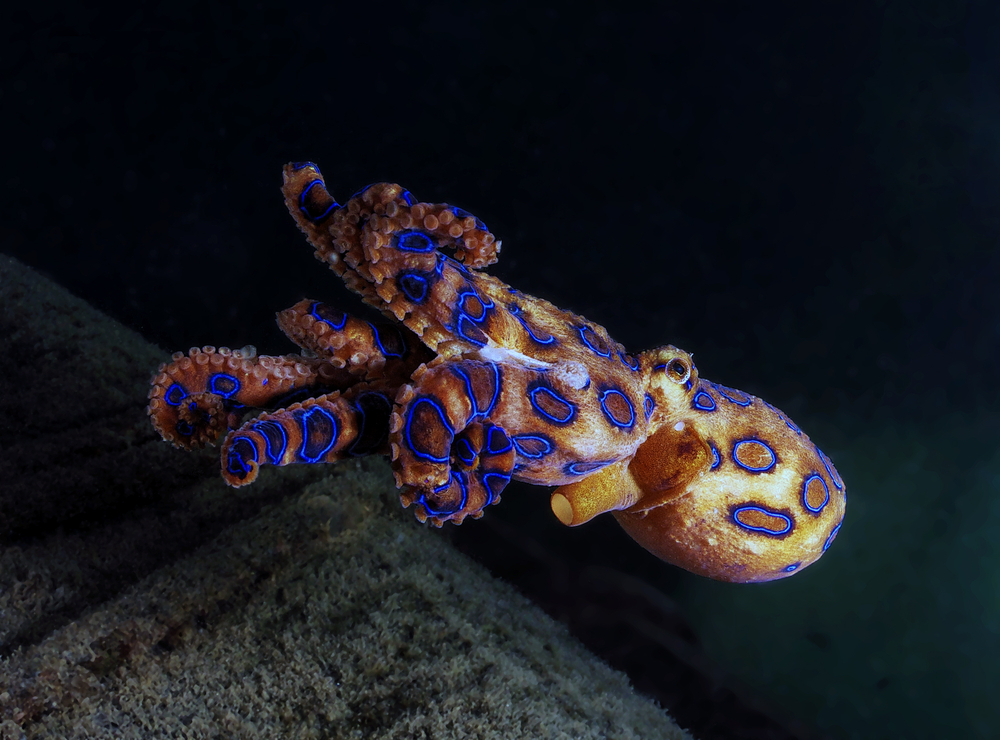
The blue-ringed octopus may be small, but its bite delivers a venom capable of paralyzing and killing fast. According to Ocean Conservancy, its venom is 1,000 times more powerful than cyanide, and this golf-ball-sized creature is packing enough venom to kill 26 humans in minutes. Unsurprisingly, it’s recognized as one of the most dangerous animals in the ocean. Its glowing blue rings serve as a warning, but it might already be too late by the time you see them. Found in shallow tide pools, these tiny creatures are often accidentally picked up by unsuspecting beachgoers. Admire from afar, and never touch one under any circumstances.
4. Tiger Sharks Will Eat Almost Anything
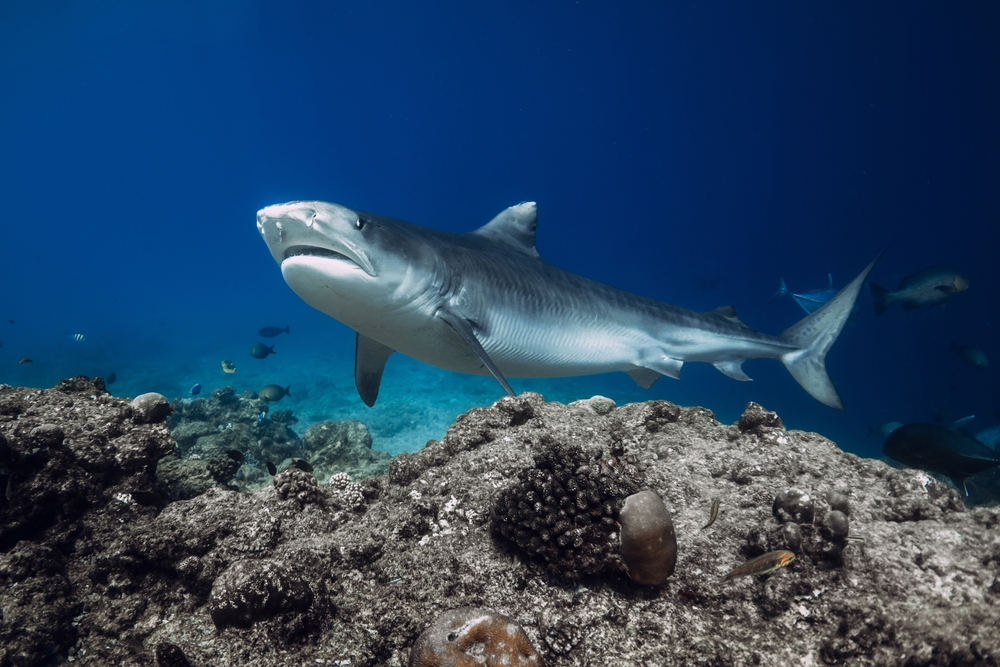
Tiger sharks are known as the “garbage cans” of the sea, thanks to their habit of eating anything in their path. From sea turtles to random debris, they’re not picky about their meals, which makes them unpredictable hunters. Their sheer size and power make them capable of inflicting devastating bites. If you’re diving in their habitat, keep your movements calm and avoid splashing.
5. Stonefish Strike with Lightning Speed
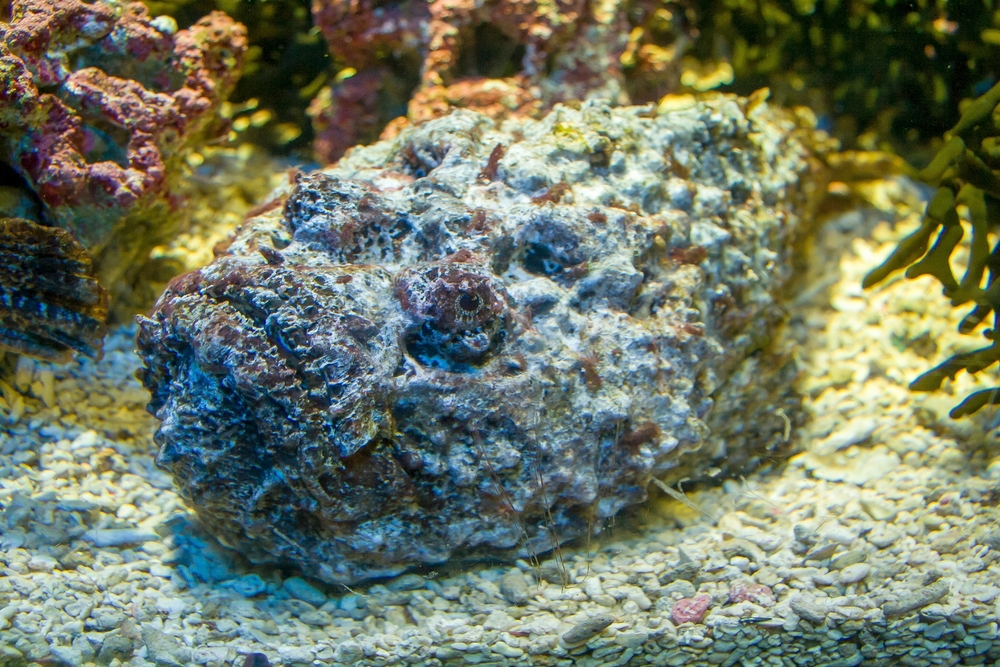
The stonefish is the master of underwater camouflage, blending seamlessly with rocks and coral. Step on one, and its venomous spines can deliver excruciating pain and even fatal paralysis. It’s one of the most venomous fish in the world, and its sting demands immediate medical attention. When wading in shallow waters, always shuffle your feet to avoid a dangerous surprise.
6. Moray Eels Have a Vicious Bite
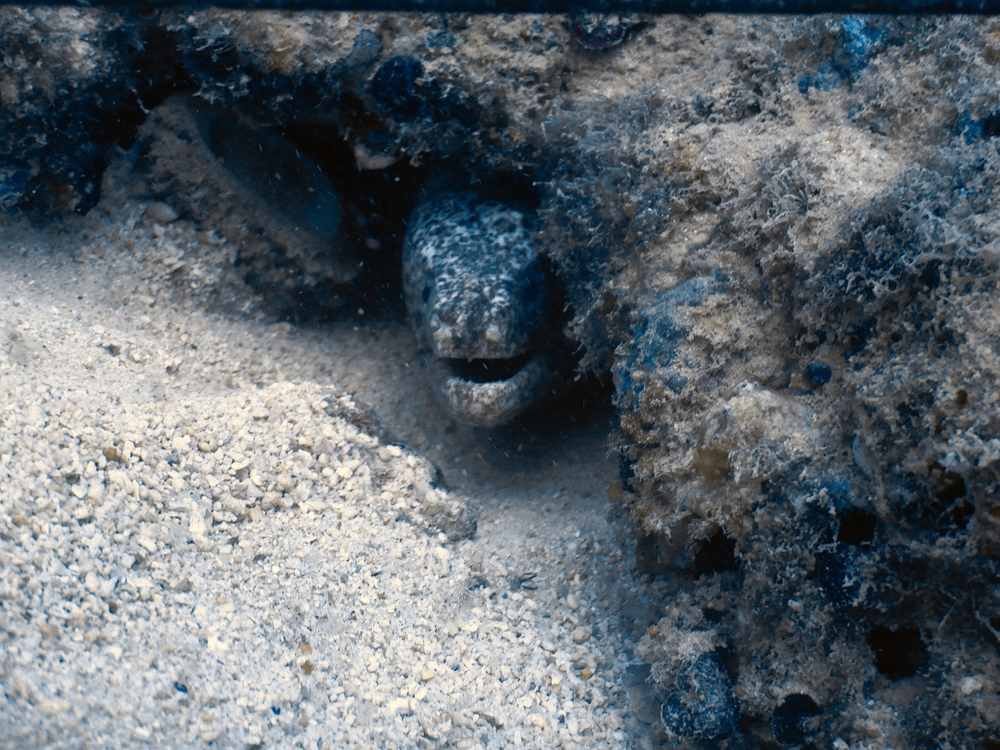
Moray eels lurk in rocky crevices, their sharp teeth and strong jaws ready to snap at unsuspecting prey. While they don’t typically attack humans, they can become aggressive if provoked or startled. Their bite can cause serious injuries, and the bacteria in their mouths can lead to nasty infections. Avoid sticking your hands into dark crevices when diving or snorkeling.
7. Barracudas Attack in a Flash
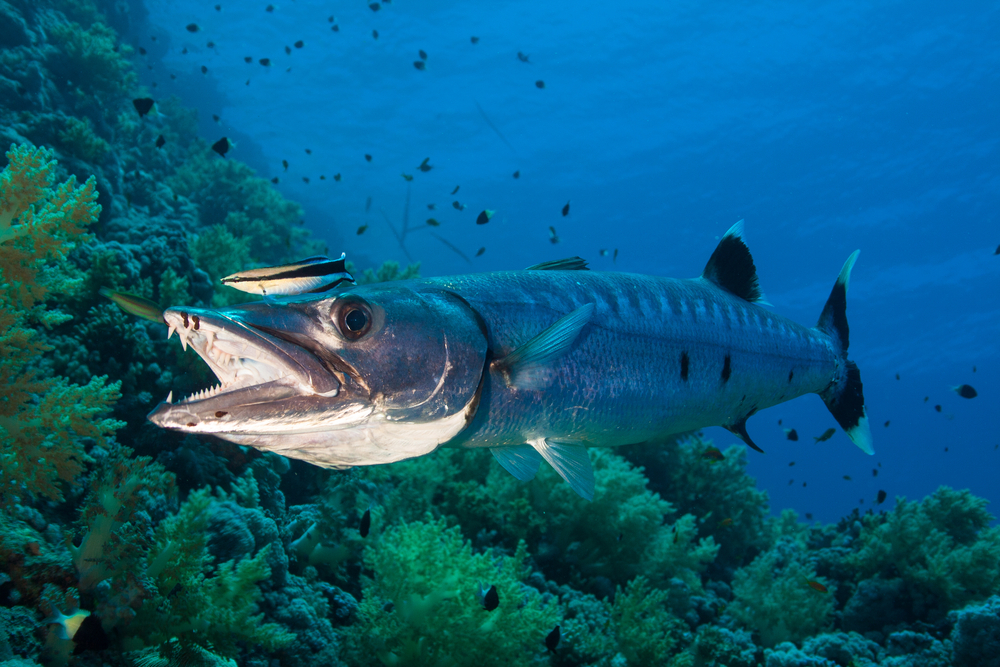
With their sleek, silver bodies and rows of razor-sharp teeth, barracudas are built for speed and precision. They’re known for their tendency to lunge at shiny objects, mistaking them for prey. While attacks on humans are rare, their lightning-fast strikes can cause deep, painful wounds. If you’re swimming in barracuda territory, avoid wearing reflective jewelry or gear.
8. Cone Snails Are Tiny but Deadly
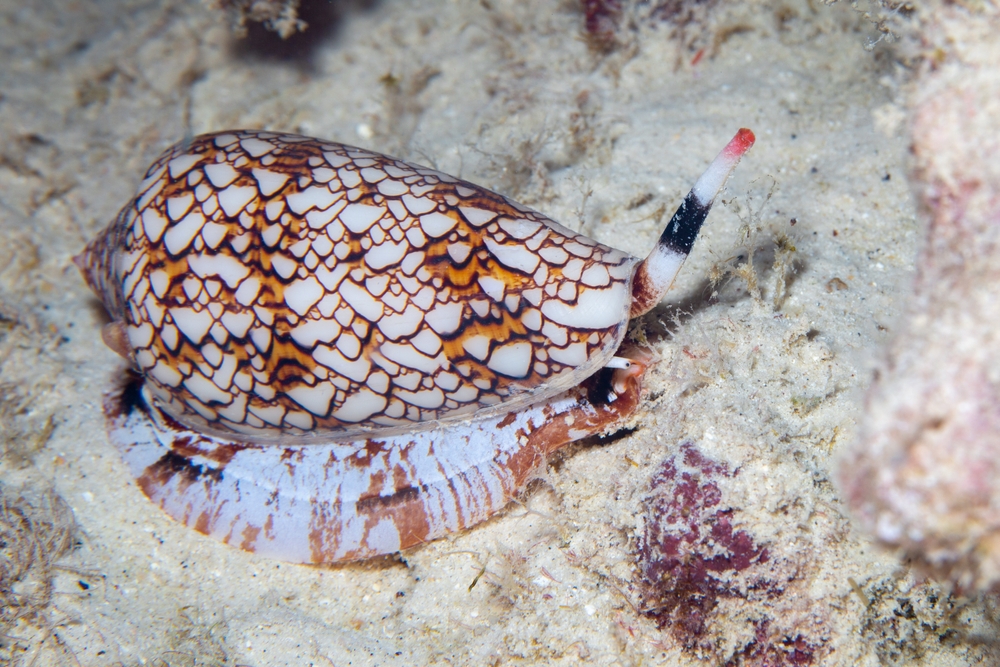
Cone snails may look harmless with their beautiful, patterned shells, but they’re among the ocean’s deadliest creatures. Their venomous harpoons can paralyze prey in seconds, and there’s no known antidote for their sting. Often found in tropical waters, they’re a danger to shell collectors who don’t realize what they’ve picked up. Always admire their shells from a safe distance.
9. Lionfish Have Poisonous Spines
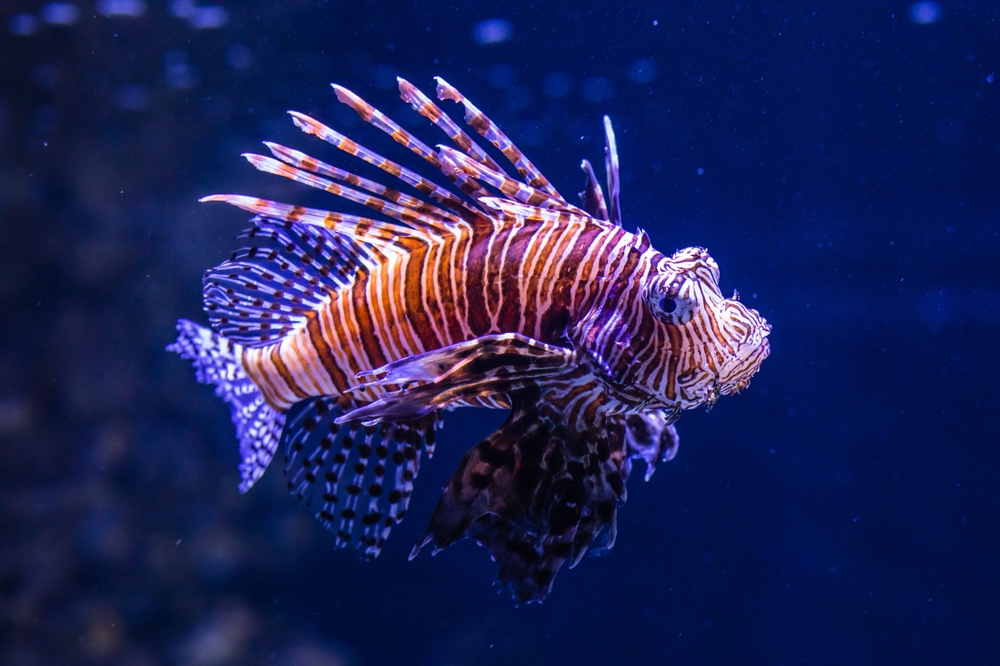
Lionfish are stunning with their vibrant stripes and flowing fins, but their spines carry venom that can cause severe pain, swelling, and even heart issues. Originally from the Indo-Pacific, they’ve invaded other waters, becoming both a threat to marine ecosystems and an unexpected danger to divers. Their slow, graceful movements make them seem harmless, but one wrong touch proves otherwise.
10. Sea Snakes Are Surprisingly Aggressive
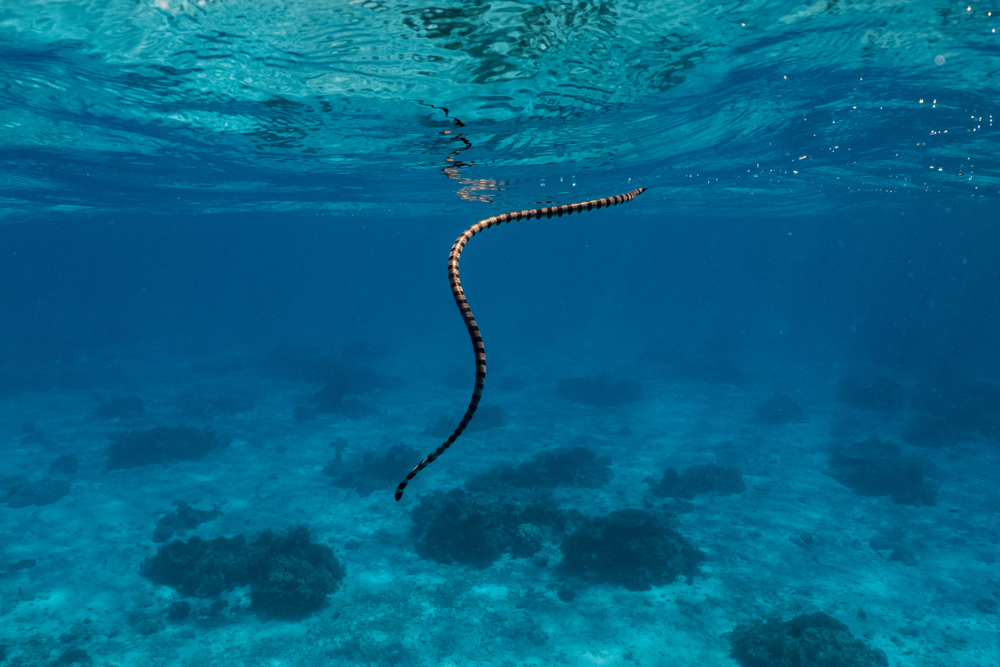
Sea snakes are graceful swimmers, but their venom is among the most potent of any snake species. Found in warm ocean waters, they’re generally not aggressive unless provoked, but when they strike, the results can be fatal. Their bites often go unnoticed until symptoms like paralysis or respiratory failure set in. If you see one, keep your distance and let it pass peacefully.
11. Portuguese Man O’ War Floats and Stings
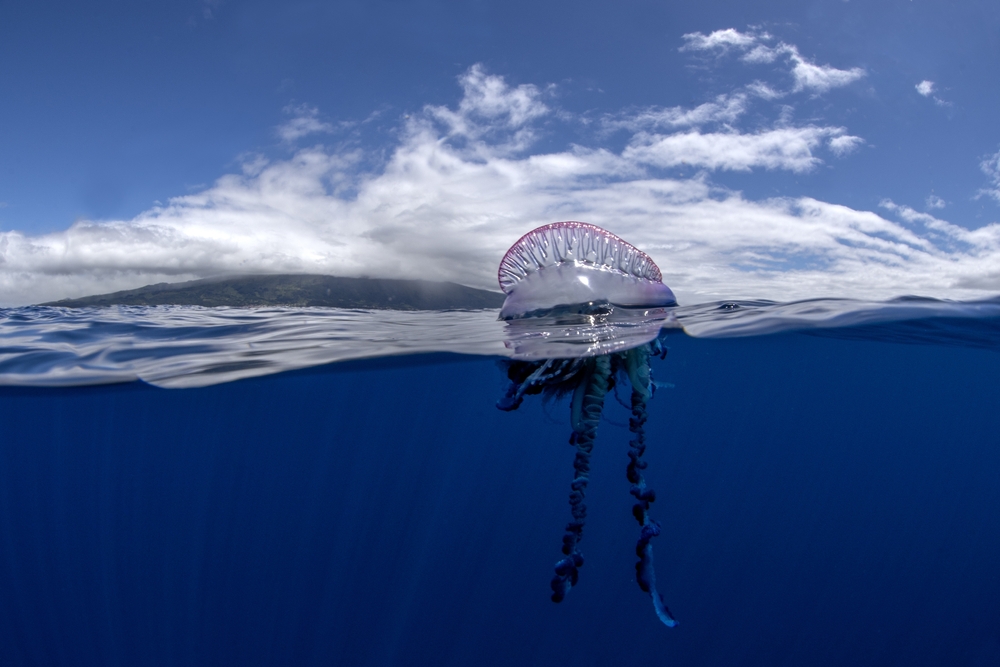
Often mistaken for jellyfish, the Portuguese man o’ war is actually a colony of organisms working together. Its long, trailing tentacles are covered in venomous cells that can cause severe pain, blistering, and in rare cases, death. Even detached tentacles can sting, making beach encounters risky. If you see their signature balloon-like float, stay far away.
12. The Saltwater Crocodile Rules the Coasts
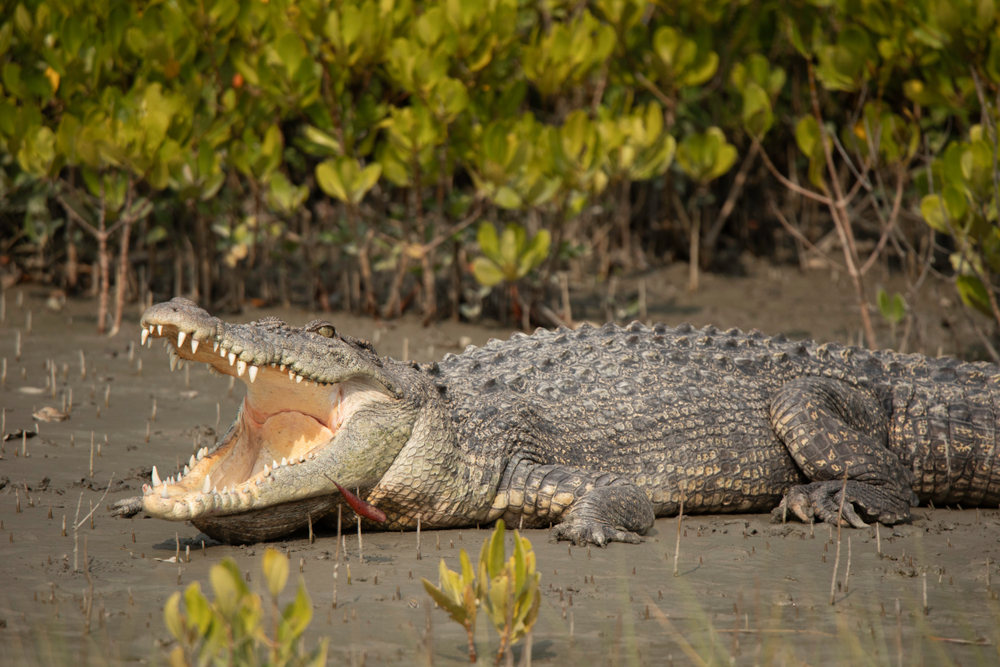
Saltwater crocodiles aren’t just limited to rivers—they’re known to venture into ocean waters as well. As the largest living reptiles, they’re powerful ambush predators with a deadly bite force. They’ve been known to attack boats and swimmers, making them a serious threat in coastal regions. Avoid swimming in areas known for crocodiles, especially during breeding season.
13. Electric Rays Can Shock Instantly
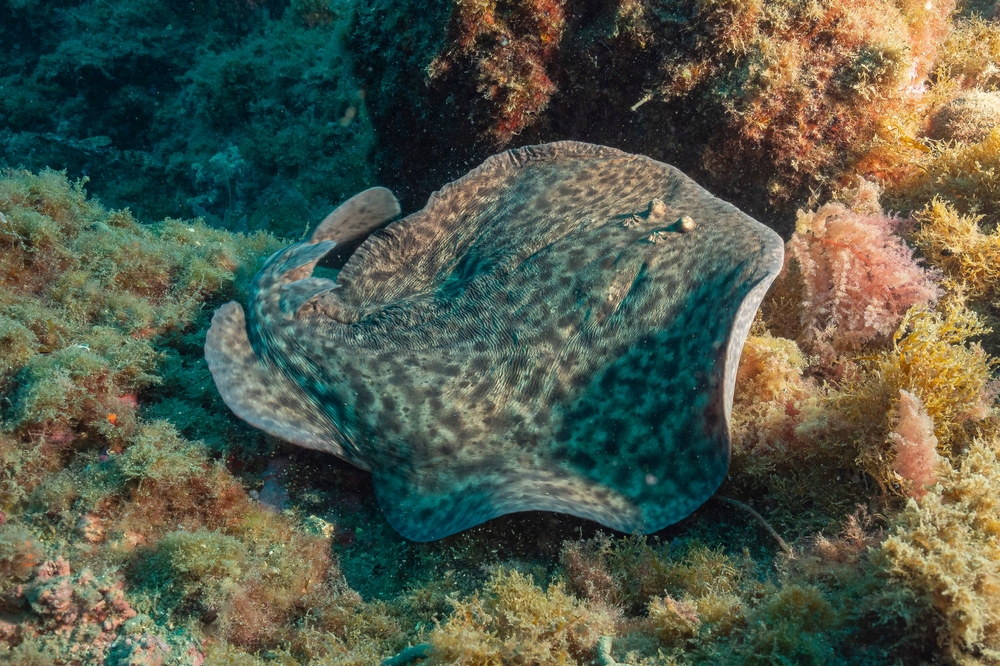
Electric rays may not look threatening, but their ability to generate electric shocks makes them formidable predators. Found in shallow waters, these rays use their electricity to stun prey or defend themselves from threats. While their shocks aren’t usually fatal to humans, they can cause serious pain and disorientation. Keep your distance and avoid disturbing them on the ocean floor.
14. The Humboldt Squid Hunts in Packs
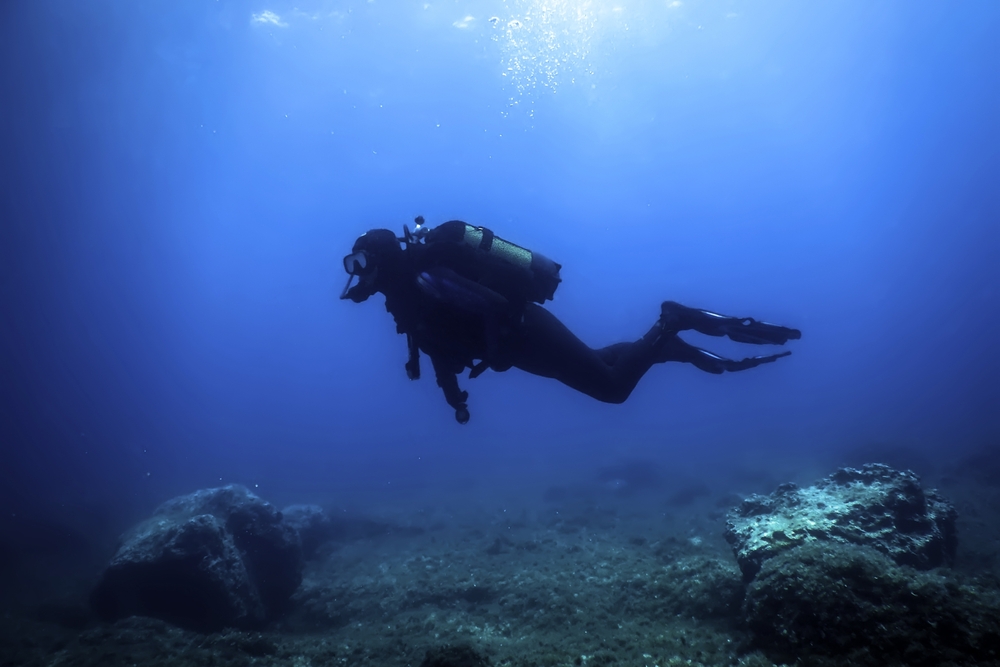
Also known as “red devils,” Humboldt squid are aggressive predators with sharp beaks and strong tentacles. They’re known to hunt in large groups, swarming their prey and tearing it apart with brutal efficiency. Divers who encounter them have reported being attacked, as these squids can turn territorial and aggressive. Their rapid color changes only add to their eerie, unpredictable nature.
